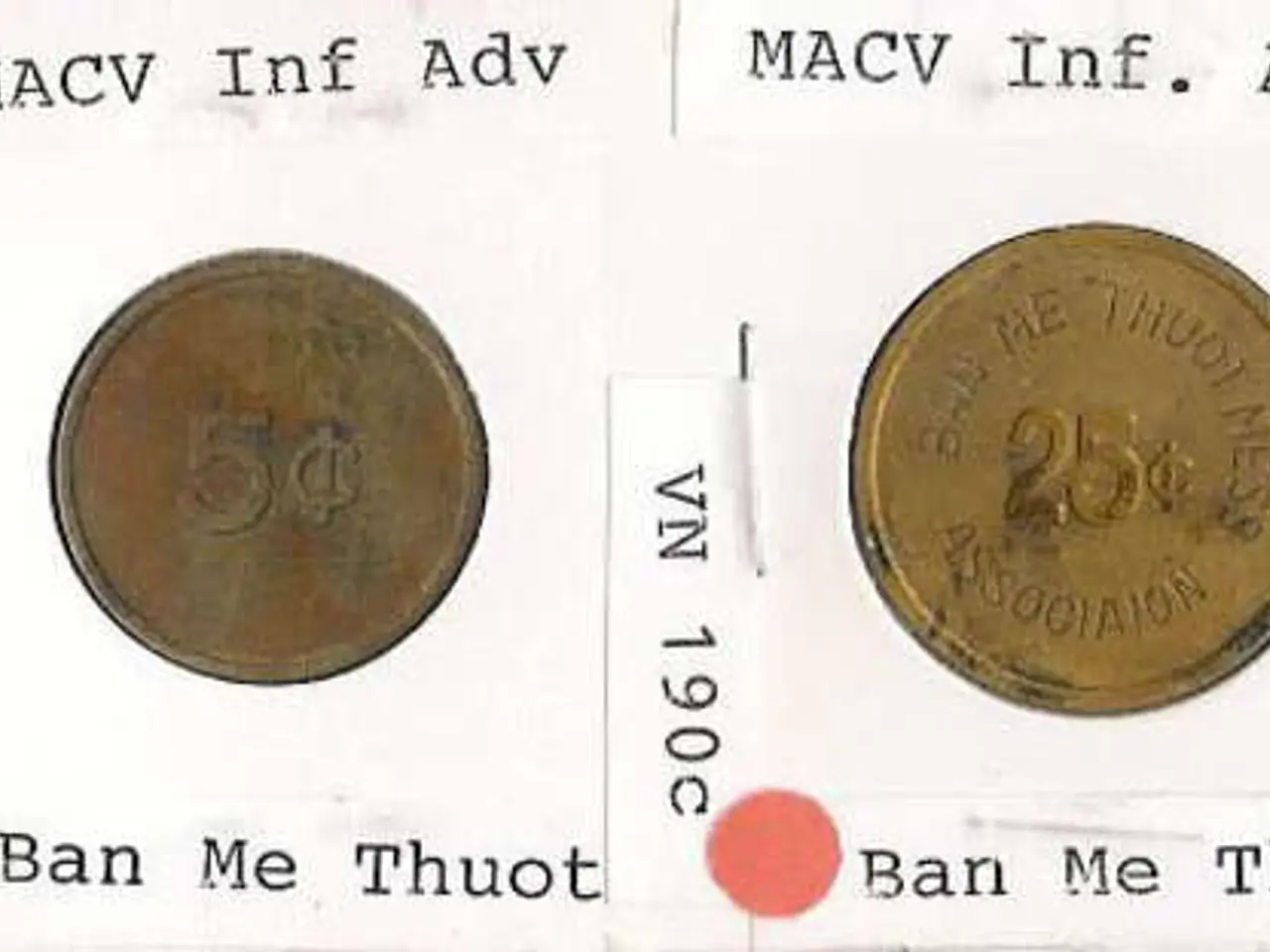Quantum security in cryptography gets a boost with Naoris Protocol's introduction of a $120,000 reward program for identifying potential bugs, highlighting the increasing urgency for advanced security measures.
Naoris Protocol, a leading provider of quantum-resistant blockchain infrastructure, has announced a new initiative to test the resilience of widely used elliptic curve cryptographic algorithms. The program offers financial rewards for cryptographers and ethical hackers who can break these algorithms, aiming to proactively identify mathematical vulnerabilities before quantum computing advances make them obsolete.
Tiered Rewards for Breaking Major Elliptic Curves
The bug bounty program offers tiered rewards for breaking different elliptic curve cryptographic algorithms. If you manage to break secp256k1, the curve used in Bitcoin and Ethereum, you stand to earn a substantial $50,000. Ed25519, used in platforms like Solana and encrypted messaging apps, offers a reward of $30,000. NIST P-256, common in internet security, is worth $20,000, while other major curves fetch a reward of $10,000.
Protecting Trillions in Assets
This initiative is crucial as these algorithms are foundational elements in securing a wide range of digital systems, including financial services, blockchain networks, intellectual property protection, secure communications, and global banking and asset management systems. By identifying potential weaknesses, Naoris aims to protect assets worth trillions in markets such as Bitcoin's $2.4 trillion ecosystem and the $410 trillion global banking network.
A Defensive Measure Against Quantum Threats
Naoris emphasizes that the contest targets the cryptographic strength of the curves themselves via cryptanalysis, not implementation flaws or side-channel attacks. CEO David Carvalho stated that the program is a defensive measure to ensure the long-term viability of blockchain security in the face of forthcoming quantum capabilities. Experts predict that quantum hardware could break these cryptosystems within one to two decades as it improves toward requiring around 2,330 logical qubits to threaten 256-bit elliptic curves.
Encouraging Transparent Testing
By encouraging transparent, ethical testing through financial incentives, Naoris seeks to reinforce trust and accelerate the transition to post-quantum cryptographic standards essential for future-proofing blockchain and digital infrastructure. The company serves Fortune 500 enterprises and government agencies, making this transition all the more important.
Submit Your Entry at BountyForm
Interested participants can submit their entries at the BountyForm. Naoris Protocol is building quantum-resistant blockchain infrastructure using lattice-based cryptography and this challenge is a significant step towards that goal. As quantum computing advances at an exponential rate, it's essential to stay ahead of the curve, and this bounty program is a step in that direction.
A Call to Defend Cryptocurrency and Build a Quantum-Safe Future
In a statement, David Carvalho, CEO of Naoris Protocol, stated that the challenge is about defending cryptocurrency and building the quantum-safe infrastructure the world needs. He warned that when quantum computers achieve this in the next decade or two, it won't be a drill, and forward-thinking enterprises and governments are transitioning to post-quantum cryptography now.
References: [1] Naoris Protocol Press Release, 2022. [2] Carvalho, D., 2022. Quantum-Resistant Cryptography: The Future of Blockchain Security. Forbes. [3] NIST, 2015. NSA Announces Transition to Quantum-Resistant Cryptography. NIST.gov.
- Naoris Protocol's bug bounty program encourages cryptographers and ethical hackers to test the resilience of elliptic curve cryptographic algorithms used in various digital systems, offering financial rewards for breaking these algorithms, with the highest reward ($50,000) for breaking secp256k1, used in Bitcoin and Ethereum.
- The initiative is significant as these algorithms are foundational elements in securing not just cryptocurrency networks, but also financial services, blockchain networks, intellectual property protection, secure communications, and global banking and asset management systems, aiming to protect assets worth trillions in markets such as Bitcoin's $2.4 trillion ecosystem and the $410 trillion global banking network.
- As quantum computing advances toward requiring around 2,330 logical qubits to threaten 256-bit elliptic curves, Naoris's contest, which targets the cryptographic strength of the curves themselves via cryptanalysis, not implementation flaws or side-channel attacks, is viewed as a defensive measure to ensure the long-term viability of blockchain security in the face of quantum threats.




